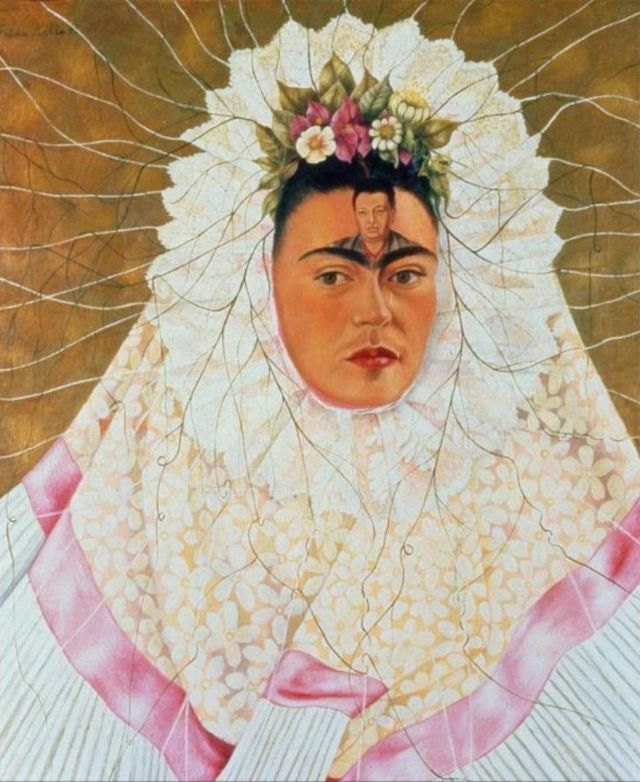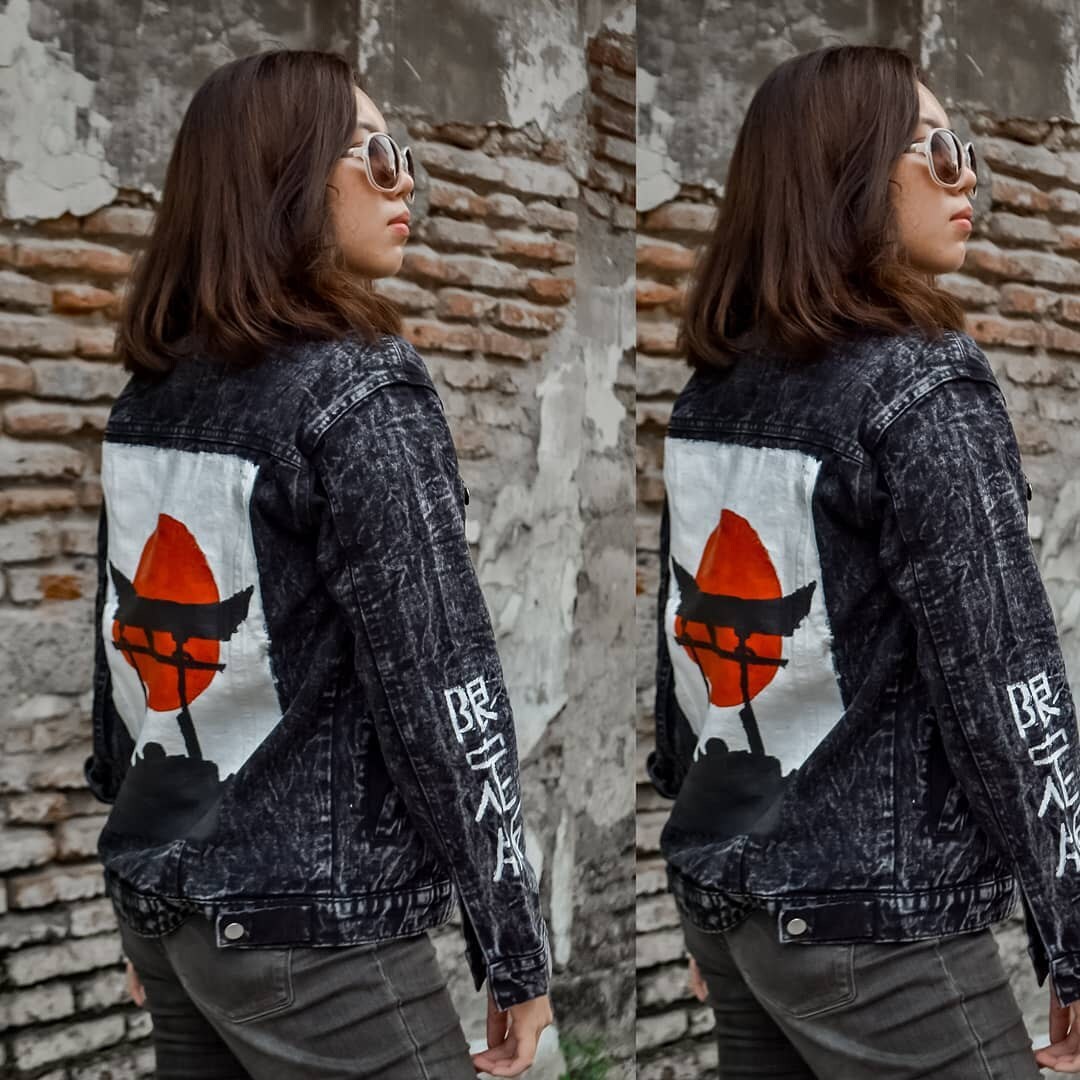Welcome to our blog post on "From Canvas to Clothes: Painting Techniques for Wearable Art." Wearable art is a form of artistic expression that involves transforming everyday clothing items into unique pieces of art. It has been gaining popularity in recent years as people seek to express their individuality and creativity through their personal style. Painting techniques play a crucial role in creating wearable art, allowing artists to add colors, patterns, and textures to clothes, shoes, and accessories. Through these techniques, wearable art becomes a canvas for self-expression, allowing individuals to showcase their creativity and make a bold fashion statement. In this blog post, we will explore various painting techniques for wearable art, inspirational examples, and tips for care and maintenance. Let's dive into the world of wearable art and unleash our creativity on clothes!
Popular Painting Techniques for Clothes
Acrylic painting: Exploring the versatility and vibrancy of acrylic paints on fabric
Acrylic painting on fabric is a versatile and vibrant technique that allows artists to create stunning wearable art pieces. Acrylic paints are known for their quick-drying properties, wide range of colors, and ability to adhere well to fabric surfaces. This makes them an excellent choice for creating unique designs on various types of fabric, from canvas sneakers to denim jackets and beyond. Acrylic paints can be used to achieve different effects, such as bold and vibrant colors, soft and subtle hues, or textured and layered finishes. In this blog post, we will delve into the world of acrylic painting on fabric, exploring its versatility, vibrancy, and endless creative possibilities.
Fabric dyeing: Using different types of fabric dyes to create unique color patterns
Fabric dyeing is a fascinating technique that allows artists to transform plain fabrics into stunning pieces of wearable art by applying various types of dyes to create unique color patterns. There are different types of fabric dyes available, such as fiber reactive dyes, acid dyes, and natural dyes, each offering different results and effects. Fiber reactive dyes are known for their vibrant colors and ability to bond with the fabric, making them ideal for achieving bold and long-lasting designs. Acid dyes are best suited for protein-based fibers like silk and wool, while natural dyes are derived from plant or animal sources, offering a more eco-friendly and organic approach to fabric dyeing
Hand-painting: Freehand painting with brushes or other tools to create one-of-a-kind designs
Hand-painting is a popular technique used in wearable art where artists freehand paint designs using brushes or other tools, creating one-of-a-kind masterpieces on fabric. This technique offers endless creative possibilities, allowing artists to express their individuality and create unique designs that cannot be replicated. Hand-painting can be done with various types of paints, such as acrylics, fabric paints, or even watercolors, depending on the desired effect and fabric type. Artists can use brushes, sponges, stencils, or other tools to apply the paint, allowing for intricate details, textures, and blending of colors. Hand-painted wearable art is highly valued for its artistic expression, and each piece becomes a wearable canvas that tells a story.
Inspirational Examples of Wearable Art

Salvador Dalí
As one of the most renowned surrealist artists of all time, Salvador Dalí not only left an indelible mark on the art world, but also on the world of fashion. Known for his avant-garde and eccentric style, Dalí's wearable art pieces are nothing short of awe-inspiring. From his famous "Lobster Dress" that features a lobster motif crafted from satin and silk, to his surrealist jewelry pieces that showcase dreamlike elements like melting watches and distorted faces, Dalí's wearable art is a true testament to his boundless imagination and artistic genius. His bold and unconventional approach to fashion has inspired countless designers and artists to push the boundaries of what is possible in wearable art

Frida Kahlo
Frida Kahlo, the iconic Mexican artist known for her self-portraits and unapologetic expression of pain and passion, also left a lasting legacy in the world of wearable art. Her vibrant and bold sense of style, which often incorporated traditional Mexican textiles, indigenous jewelry, and colorful floral motifs, continues to inspire designers and fashion enthusiasts alike. Kahlo's unique approach to fashion was not only an extension of her artistic expression, but also a celebration of her cultural heritage and personal identity. Her hand-painted corsets, intricately embroidered dresses, and statement accessories have become iconic examples of wearable art that embody her resilience, strength, and defiance. Exploring Kahlo's wearable art is a journey into her life, her art, and her indomitable spirit. From her choice of vibrant colors and bold patterns to her unapologetic embrace of self-expression, Kahlo's wearable art serves as a powerful reminder to embrace our uniqueness and celebrate our individuality through fashion.
Care and Maintenance of Painted Clothes
it's important to know how to properly care for it to ensure its longevity. Proper washing, drying, and storing techniques can help prevent damage and keep your painted clothes looking vibrant and fresh for years to come. In this blog post, we will provide you with essential tips on how to care for your wearable art to ensure its longevity and maintain its beauty.
Washing Tips:
When it comes to washing painted clothes, it's essential to follow these tips to prevent damage. First, always check the care label on the garment for any specific washing instructions. If the garment allows for machine washing, turn it inside out before washing to protect the painted surface. Use a gentle cycle and cold water to avoid fading or bleeding of the paint. Avoid using harsh detergents or bleach, as they can damage the paint. Hand-washing is often the safest option for painted clothes. Gently hand-wash the garment using a mild detergent and cold water, and rinse thoroughly. Avoid wringing or twisting the garment, as this can cause the paint to crack or peel.
Drying Tips:
Proper drying techniques are crucial to prevent damage to your painted clothes. Air drying is the safest option for painted garments. Lay the garment flat on a clean towel and reshape it to its original form. Avoid hanging the garment, as this can cause stretching or distortion. Keep the garment away from direct sunlight, as prolonged exposure to sunlight can fade the paint. If you need to use a dryer, use the lowest heat setting and a gentle cycle. Avoid using a high heat setting, as it can damage the paint and cause shrinkage.
Storing Tips:
Properly storing your painted clothes can also help prevent damage. Always make sure the garment is clean and completely dry before storing. Fold the garment neatly and store it in a cool, dry place away from direct sunlight. Avoid storing painted clothes in damp or humid areas, as moisture can cause mold or mildew growth, which can damage the paint. If possible, store the garment in a breathable garment bag or wrap it in acid-free tissue paper to protect it from dust and dirt.
